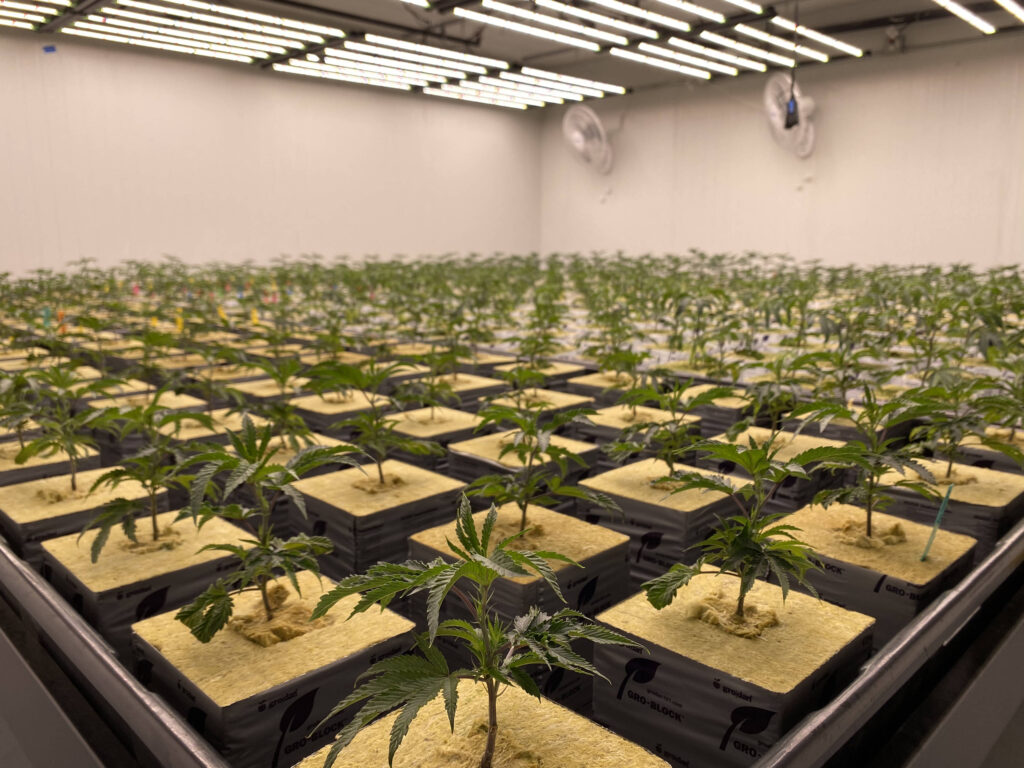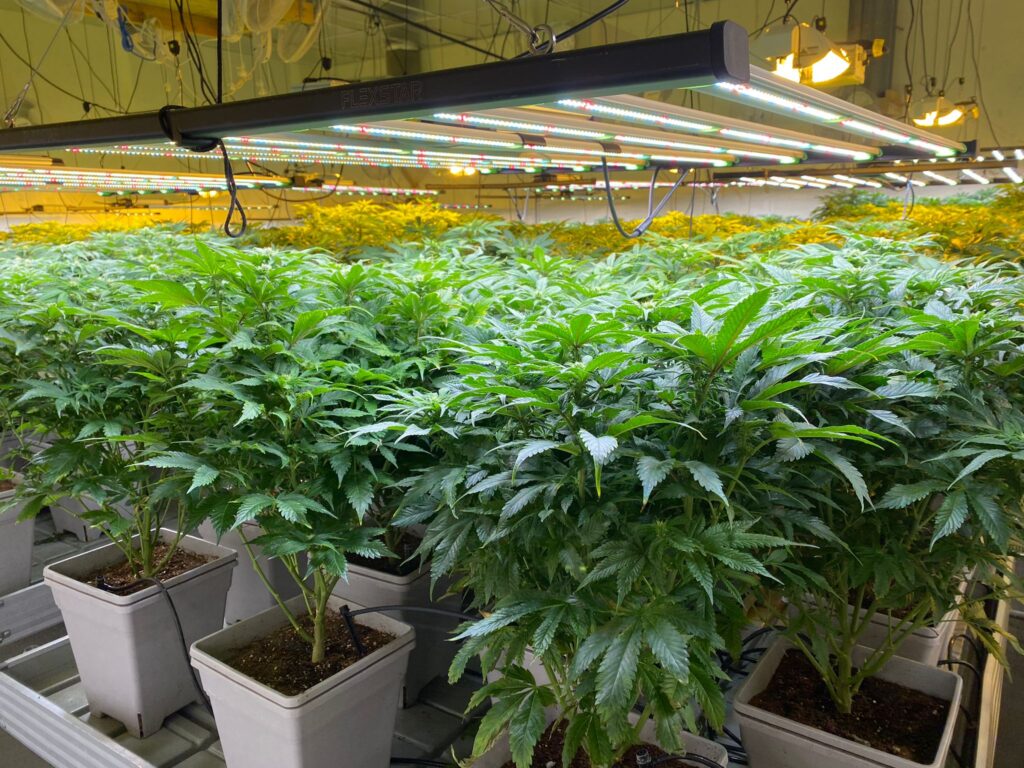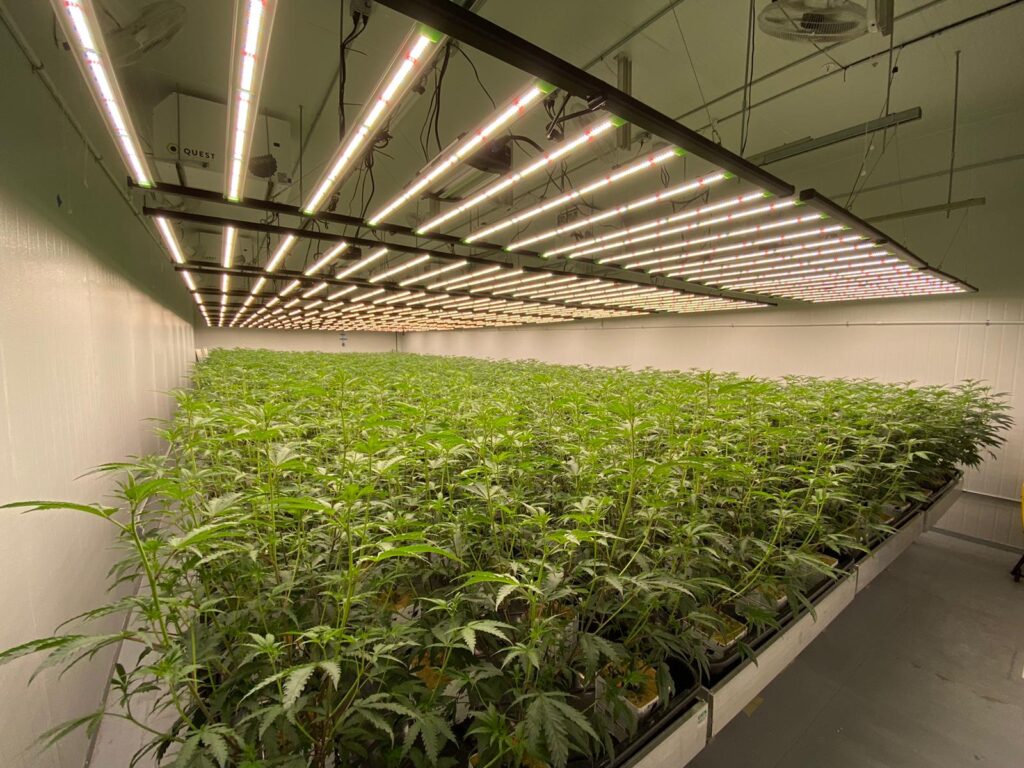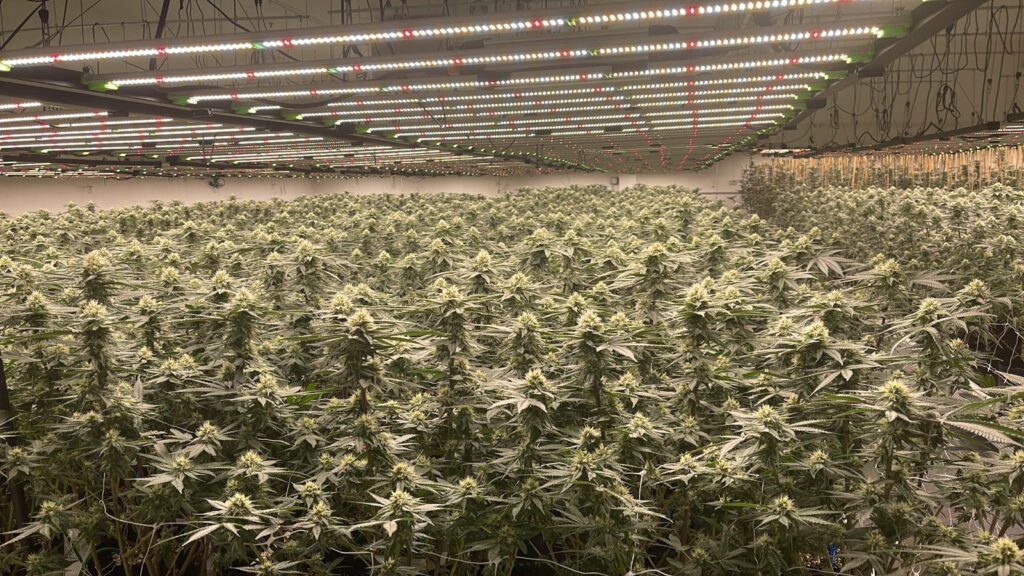

Introduction to Cannabis Cultivation Methods
Cannabis cultivation has evolved significantly with the adoption of advanced techniques like hydroponics alongside traditional soil-based methods. Both approaches have unique benefits and challenges, especially when scaled up for commercial production.
1. Understanding Hydroponics
Hydroponics involves growing plants in a nutrient-rich water solution without soil, using various substrates like perlite or coco coir to support root systems. This method relies on precise control of nutrient delivery and environmental conditions.
Advantages for Large-Scale Cannabis Production
Increased Yield Potential: Hydroponic systems can optimize nutrient uptake, leading to faster growth and higher yields.
Water Efficiency: Hydroponics uses less water compared to traditional soil cultivation, making it suitable for arid regions.
Reduced Risk of Pests and Diseases: Soilless systems minimize the risk of soil-borne pests and pathogens.
Disadvantages and Challenges
Initial Investment: Setting up a hydroponic system can be costly due to equipment and infrastructure requirements.
Technical Expertise: Managing nutrient solutions and environmental parameters requires specialized knowledge and skills.
System Maintenance: Regular monitoring and maintenance are essential to prevent system failures.
2. Traditional Soil Cultivation
Soil-based cultivation remains a popular choice for cannabis growers, leveraging natural substrates and organic nutrients to support plant growth.
Pros for Large-Scale Cannabis Production
Lower Initial Investment: Soil cultivation generally requires less initial investment in equipment compared to hydroponics.
- More natural flavor: Soil-based growing can lead to a more complex and nuanced flavor profile, as the cannabis plants are able to take on the unique characteristics of the soil.
Natural Nutrient Buffering: Soil provides a natural buffer for nutrients, reducing the risk of nutrient imbalances.
Ease of Implementation: Soil-based methods are more straightforward and accessible for novice growers.
Cons and Limitations
Slower Growth Rate: Plants grown in soil may have a slower growth rate compared to hydroponics.
Resource Intensity: Soil cultivation can be more resource-intensive in terms of water and labor requirements.
Risk of Soil-Borne Pests: Soil-based systems are more susceptible to pests and diseases associated with traditional agriculture.

3. Comparison: Hydroponics vs. Soil for Cannabis
When considering large-scale cannabis cultivation, both hydroponics and soil have distinct advantages and drawbacks that should be carefully evaluated.
Yield and Growth Rate
Hydroponic systems often yield faster and higher quantities of cannabis due to optimized nutrient delivery and root oxygenation.
Nutrient Management
In hydroponics, growers have precise control over nutrient levels, minimizing waste and maximizing plant uptake efficiency. Soil cultivation relies on natural nutrient cycling, which can be less predictable.
Grow Equipment:
To grow cannabis hydroponically, growers will need a few essential pieces of equipment like hydroponic systems(DWC, NFT, and ebb and flow systems), full spectrum LED grow lights, grow media(rockwool, coco coir, and perlite), pH testing kit.
When it comes to soil-based growing, there are a few essential pieces of equipment growers will need to get started such as ventilation system, LED or HID grow lights, high quality potting soil.
Water Efficiency
Hydroponic systems use water more efficiently than soil-based methods, making them ideal for regions with limited water resources.
Cost and Setup Complexity
While hydroponic systems have a higher upfront cost, they can offer long-term savings through increased yields and resource efficiency. Soil cultivation is generally more accessible and less complex to set up
4. Regulatory Considerations
Local regulations and legal frameworks may influence the choice of cultivation method, especially concerning water usage and nutrient management practices.
5. Choosing the Right Cultivation Method
The specific growing method used can impact the cannabinoid profile of the plant.
Some studies suggest that growing hydroponically can lead to higher concentrations of THC in the plant.
In contrast, others suggest that soil-based growing can produce a more diverse cannabinoid profile, including higher levels of CBD.

Conclusion
Both hydroponics and soil cultivation offer unique advantages and challenges for large-scale cannabis production.
The choice of cultivation method ultimately depends on specific grower preferences, operational considerations, and environmental factors.
If you are looking for faster growth, precise control of your growing environment, and have the resources to invest in a hydroponic system, then hydroponic growing may be the way to go. If you prioritize flavor and aroma, don’t want to invest in expensive equipment, and have more space to work with, then soil-based growing may be a better fit.
